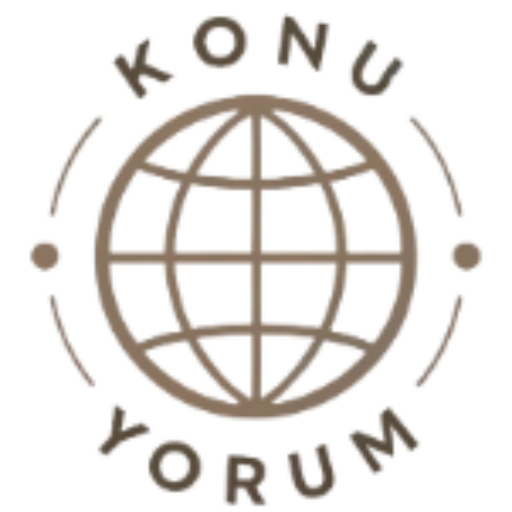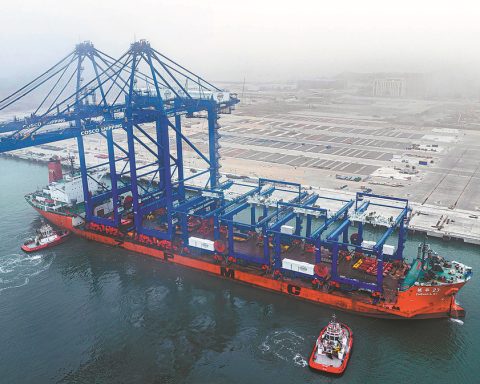A Shocking Revelation from the Vatican Sends Shockwaves Worldwide:
Arthur Prevost has been elected as Pope Leo XIV — the first American Pope in history. But this decision goes far beyond religion; it threatens to shake the very foundations of global politics and geopolitics.
So the question is: Is this election part of a divine strategy—or a rupture created by the collision of global coincidences?
We are witnessing a turning point in world history.
The war in Ukraine, massacres in the Middle East, geopolitical clashes in Asia… Amid this chaos, the Vatican has made history: For the first time ever, a cardinal from the United States has ascended to the papacy.
With Leo XIV now seated on the throne of Saint Peter, the consequences extend beyond faith — they signal tectonic shifts in global power.
Could this really be a coincidence?
Or is the activation of religious centers during a time of geopolitical upheaval a sign that a new “ideological war” is taking shape?
1. The Catholic-Protestant-American Alliance: A “Religious NATO”?
As America’s global hegemony weakens, it appears that its strategy now involves more than just military or economic tools — religion has entered the battlefield.
The elevation of an American to the papacy may represent the infiltration of Protestant-rooted American geopolitics into the heart of global Catholicism.
This move could be interpreted as an effort to solidify U.S. spiritual leadership across heavily Catholic regions — particularly in Latin America and Africa.
According to this theory, the United States seeks to centralize religious leadership under its influence and position this newly formed “sacred empire” as a counterforce to China and Russia.
2. Russia and China: Godless Powers — or Alternative Faiths?
On the opposite front stand two formidable powers: Orthodox Russia and Confucian Communist China.
Under Putin, Russia has re-established Orthodoxy as the core of state identity. The Moscow Patriarchate actively legitimizes Kremlin foreign policy. The war in Ukraine, in this context, is presented not merely as a geopolitical conflict — but as a holy war to protect the Orthodox world.
Meanwhile, China directly challenges Western religious frameworks, and the Communist Party sees “non-state spiritual forces” as threats. The fusion of nationalism and Confucianism in China now stands as a philosophical and ideological rival to the Christian-centric alliance of the West.
Thus, this contrast gives rise to a new clash of civilizations: between the Catholic-Protestant West and the Orthodox-Slavic and Confucian East.
3. Jerusalem, Rome, Washington: The Rise of the Sacred Triangle
Even Evangelical circles welcomed the election of Pope Leo XIV. Why? Because he may serve the long-standing agenda of accelerating the Second Coming of the Messiah — a vision centered in Jerusalem.
While the American deep state maintains control over Jerusalem via Israeli policy, it now appears to have integrated Rome’s Vatican into its ideological sphere.
Only one thing remained: a unifying spiritual figure.
And now, Pope Leo XIV has entered the stage.
4. The Religious Cold War & World War III
From the Crusades onward, history has shown how religion has driven wars.
But this time, it’s different: we may be entering a new phase of war — one interwoven with global tech, artificial intelligence, and financial systems.
This war isn’t only being fought on battlefields. It’s happening across information networks, media, and digital culture.
The election of an American Pope may signal that the spiritual front of this global war has now officially opened.

5. Did Trump Already Know? “Pope Trump” and the Prophetic Meme
Strangely enough, there was a warning — a foreshadowing of sorts.
During his presidency, Donald Trump posted a digitally altered image of himself dressed as the Pope on his social media.
At the time, it was dismissed as an egotistical joke.
But now? That image feels like a hidden message — a meme carrying the blueprint of things to come.
Was Trump claiming spiritual authority?
Did he foresee American influence seizing the Vatican?
Was he signaling the rise of an American Pope?
Trump portraying himself as a religious figure opened the door to speculation that he was constructing the media arm of a new Messianic alliance between Evangelicals and Catholics.
For some, this was no coincidence — it was a deliberate move in a broader mystical and political strategy.
And now, that message echoes from the highest seat in the Vatican:
An American Pope has arrived.
Conclusion: More Than Just a Pope
This American Pope may not only be a spiritual leader of Catholicism —
He could also be the spiritual commander of a Western ideological alliance.
Behind this decision, are there hidden agendas? Secret alliances?
An invisible hand reshaping the world through faith?
The new war maps stretching from the Middle East to Eastern Europe and the Pacific must now be read not only through geopolitics or energy interests —
but through maps of belief.
Because sometimes, the wars on Earth…
begin with messages from the heavens.








